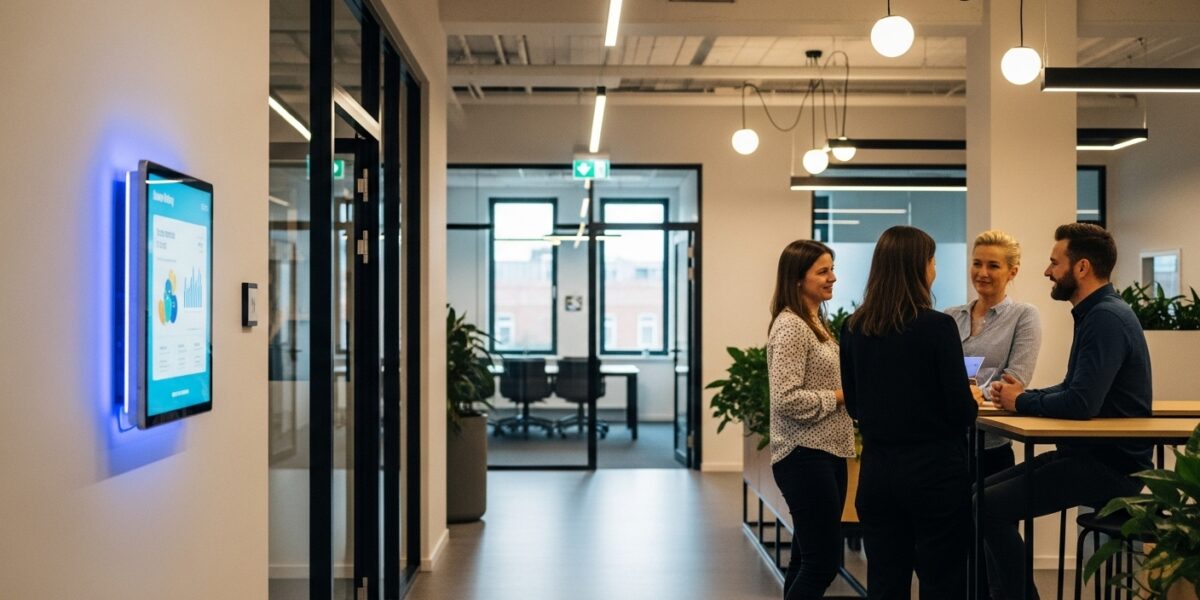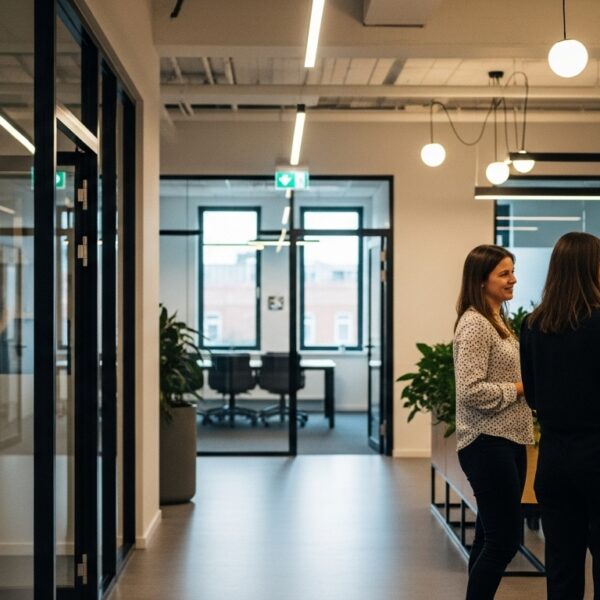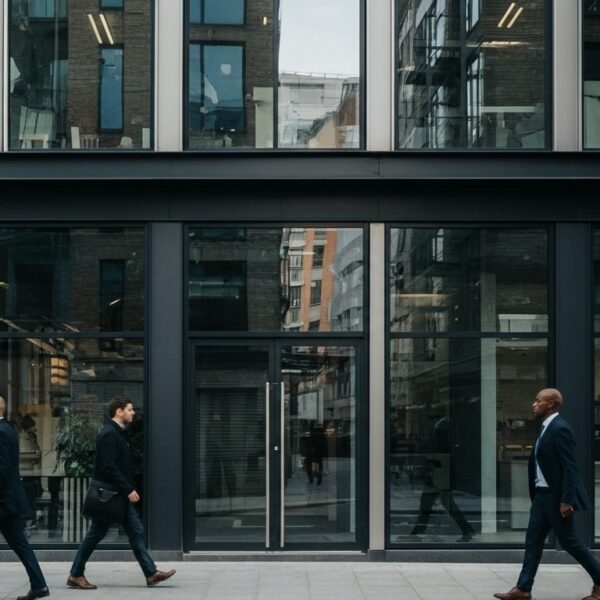Meeting room costs are one of the biggest blind spots in London office planning. Most CFOs can calculate the cost of desks down to the penny but struggle to identify what their meeting rooms are really worth. In a market where space is expensive, overlooking these costs can distort financial models and quietly double office expenses.
Why are meeting rooms a hidden cost?
Companies typically measure rent by square foot or cost per desk, yet dedicated or rented meeting rooms rarely make it into the breakeven equation. In London, meeting space averages between £50 and £250 an hour depending on size and location, a rate that can rival professional consulting fees.

While these charges reflect real operational overheads like utilities, setup, and catering requirements, they often appear outside rent schedules and therefore escape financial scrutiny.
The impact is significant. A team booking two hours of meeting space daily could face £2,000 to £10,000 in monthly fees, often before adding catering or technology extras.
With no visibility on the rooms-to-space ratio when comparing office options, finance teams risk missing a breakeven point where meeting room outlay exceeds the savings of flexible office models.
- Hourly costs that rival desk rent when tallied over a year
- Inefficient pay-per-use booking that inflates monthly bills
- Venue rules that add exposure such as food and beverage minimums
- Failure to negotiate smarter multi-use room setups
- Underestimating how meeting demand grows with team size
When does owning a meeting room beat renting by the hour?
The breakeven point emerges by comparing the fixed cost of a dedicated room with the variable cost of external rentals. For a small team holding one or two client sessions a week, renting by the hour is far cheaper.
For scale-ups running frequent workshops or client meetings, hourly sessions can quickly exceed the rent of a private room.
The inflection point depends on team size, meeting frequency, and future growth. A firm with ten staff may find that once usage reaches 10 to 15 hours per week, the economics shift in favor of permanent space.
On the other hand, locking into dedicated rooms without enough usage creates wasted rent and idle space.
The CFO’s challenge is to model both sides, including hidden add-ons like catering minimums and setup charges, to pinpoint where recurring spend tips the balance.
How can companies align projected and actual meeting use?
Where CFOs most often go wrong is relying on assumptions instead of data. Some companies overcommit to rooms that sit empty while others overspend externally because they underestimated demand. In both cases, misalignment leads to distorted budgets.
The solution is to track actual usage – not just how many meetings are booked but also how many people attend, the session length, and how often premium space is needed.
These insights allow companies to right-size requirements, reconfigure layouts, or negotiate more flexible lease terms. Multi-purpose configurations, for example, can reduce charges and secure better rental conditions.
- Tracking meeting use against forecasts for accuracy
- Testing multi-purpose layouts that accommodate different formats
- Negotiating clauses that allow space reassignment without penalty
- Using data to challenge rental fees or renegotiate terms
Firms that measure, adapt, and renegotiate based on real behavior lower costs while keeping flexibility – setting the stage for more strategic office decisions.
Turning hidden costs into smarter office choices
London CFOs face a recurring dilemma: meeting rooms that look like a side note on paper but act like runaway costs in reality. Opaque pricing, underestimated usage, and outdated assumptions often distort financial models, while breakeven analysis is overlooked during lease negotiations.

ADAPT helps businesses close that gap. By combining market intelligence with two decades of workspace expertise, ADAPT ensures companies secure not only an office but also the right balance of private space and shared facilities.
That means tracking real usage, sourcing flexible layouts, and negotiating off-market deals where meeting rooms aren’t an expensive afterthought but a resource that scales cost-effectively with team growth.
From early-stage firms holding the occasional client session to scale-ups running workshops daily, ADAPT shapes solutions that reflect reality, not guesswork. The result is predictable costs, fit-for-purpose layouts, and spaces that feel like home without locking into wasted square footage.
Too many businesses discover too late that their ‘affordable’ office isn’t affordable once meeting rooms are factored in. Our job is to spot those blind spots early and build an office strategy that saves money while empowering culture and growth.
Chris Meredith, ADAPT CEO & Founder
What can you do to get ahead of meeting room costs?
If your team is scaling, running more client sessions, or trapped in a lease with underused space, now is the time to act.
Meeting rooms shouldn’t be a financial wildcard. With ADAPT, you gain more than an office – you gain clarity, flexibility, and a partner who helps you model the real costs so you can focus on growth.
The right flexible office goes beyond saving money. It reflects smart financial choices, maximizes every square foot, and helps people do their best work. That’s the ADAPT difference. Discover it here.






